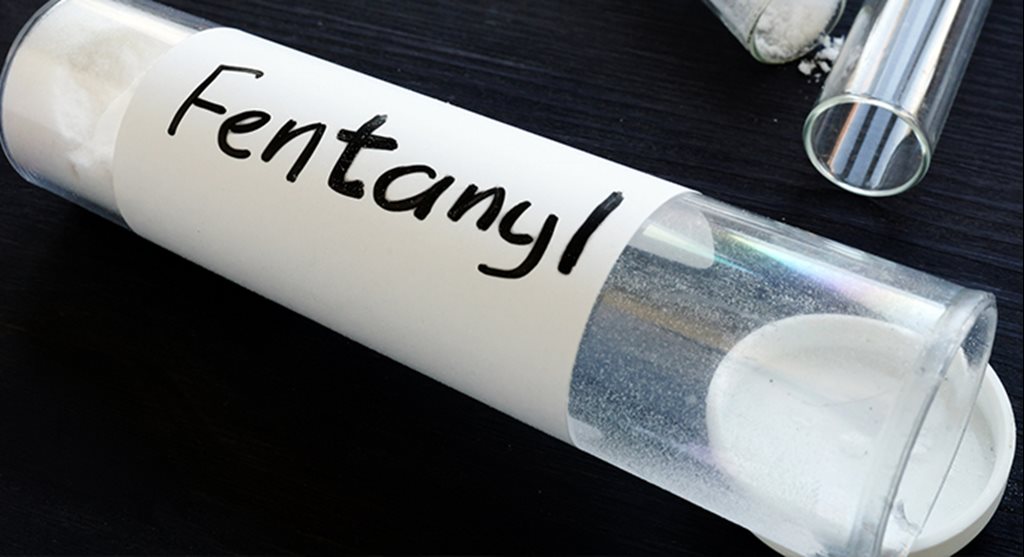
CPSO Expectations and Right-Touch Regulation
In the spirit of right-touch regulation, CPSO no longer develops guidelines in opioid prescribing and does not endorse one practice guideline over another. Instead, we expect our members to consider the context of current expert guidance in the hope of minimizing morbidity, and the risk of opioid-related overdoses and deaths. When considering the current guidance presented in this Dialogue to treat or reduce the harms of opioid use disorder, physicians are reminded of the expectations In CPSO’s Prescribing Drugs policy.
In Ontario, there were 2,426 opioid-related deaths in 2020 — a 60 percent rise from the year prior. While the COVID-19 pandemic increased challenges for people who use drugs due to isolation and reductions in access to services, the increase in opioid-related deaths over the past five years is most significantly related to the toxic drug supply. Fentanyl and carfentanyl analogs are commonly found in the street supply of drugs, and were involved in 70 percent of accidental opioid-related deaths across Canada in 2018 and 2019.
New guidance from a group of addiction medicine experts is hoping to bring that number down. The group — working through a program called META:PHI — offers strategies to assist with achieving optimal doses of methadone safely and effectively, and increasing treatment retention so that people who would benefit from the protection afforded by methadone will engage in and remain in treatment. Methadone is protective against fentanyl overdose even in people who continue to use fentanyl because it builds tolerance to the respiratory depressant effects of opioids.
“Historic approaches to methadone initiation and dose titration have been too conservative to address the high opioid tolerance of people who use fentanyl, especially when balanced with the high risk of overdose for this group of individuals,” said Dr. Jennifer Wyman, a member of META:PHI. Dr. Wyman is the Associate Medical Director, Substance Use Service, Women’s College Hospital.
“This new guidance to clinicians strikes a reasonable balance of risk versus benefit.”
Specific recommendations include:
Starting at the higher end of initial dosing guidelines (e.g., 30mg), even when urine drug screening indicates the presence of benzodiazepines. Benzodiazepines and benzodiazepine analogues are frequent contaminants in the street opioid supply. Historically, the presence of benzodiazepines was a reason to initiate methadone at even lower doses and increase more cautiously, but the risk of overdose with fentanyl requires re-examination of this approach.
- Faster titration, e.g., increasing methadone by 15mg rather than 10mg every three to five days for those who are not at high risk of methadone toxicity.
- Utilizing doses of 100mg methadone and higher to address withdrawal and cravings.
- Implementing strategies that help keep people connected to treatment, such as extending prescriptions when appropriate and use of virtual assessments rather than cancelling prescriptions for missed appointments.
“Given the evolving opioid crisis with fentanyl analogues being used by those with OUD, all guidelines need to evolve,” said Dr. Peter Selby, Clinician Scientist, Addictions Division at the Centre for Addiction and Mental Health (CAMH). “This new guidance to clinicians strikes a reasonable balance of risk versus benefit. For example, recommending a higher starting dose of methadone and a dose increase in larger amounts, while keeping the frequency of dose escalation to no sooner than three half-lives (three days) has the potential to help the patient stay in treatment. This strategy could help patients better manage their withdrawal by addressing their high levels of tolerance induced by fentanyls, and helps the patient achieve a dose that prevents cravings and reduces the risk of overdose, even if they should lapse or use fentanyls,” he said.
This guidance will be relevant to any physician prescribing opioid agonist treatment and to physicians who prescribe safer supply opioids. The document can be downloaded at www.metaphi.ca.
CPSO encourages physicians to read our Prescribing Drugs policy, and the accompanying Advice to the Profession document, which states expectations for safer supply prescribing.
Related articles:












